Blossom end rot is a gardener’s worst nightmare! It appears as a black, leathery spot on the vegetable and commonly happens with peppers, zucchini, squash, cucumbers, melons, and tomatoes.
The first symptoms are small, water-soaked areas on the blossom end of immature or green fruit, which later dry out and become brown and leathery.
Rot usually takes place when the growing season starts out wet but moves to dry conditions. Later, the fruit or vegetable starts to appear, and the blossom end rots along with them.
Many gardeners make the mistake of classifying blossom end rot as a disease or fungus. Rather, it is a disorder that should be treated properly and delicately.
This rot is an indication that something is wrong with the soil.
As every gardener knows, plants require nutrients to grow properly, which they acquire from the soil around their roots. One of these important nutrients is calcium.
A problem with the calcium level of your soil, or perhaps the lack of calcium in the soil or improper transport of calcium from the roots, results in blossom end rot.
Growing fruits need calcium, which they get from the soil. If they don’t get their required amount, the result is a black spot known as blossom end rot.
There are ways to fix this particular problem. Even though you can’t bring the afflicted plant back to its original state, you can prevent it from happening again.
But first, you might need some background knowledge about blossom end rot and its causes, mainly calcium deficiency in the plant.
Luckily, this disorder is not contagious in the sense that it will affect other plants. It is also safe to eat tomatoes with blossom end rot; you have to cut off the affected part. However, do not eat tomatoes with severe blossom end rot, as they may have an unpleasant taste and texture.
The Role of Calcium
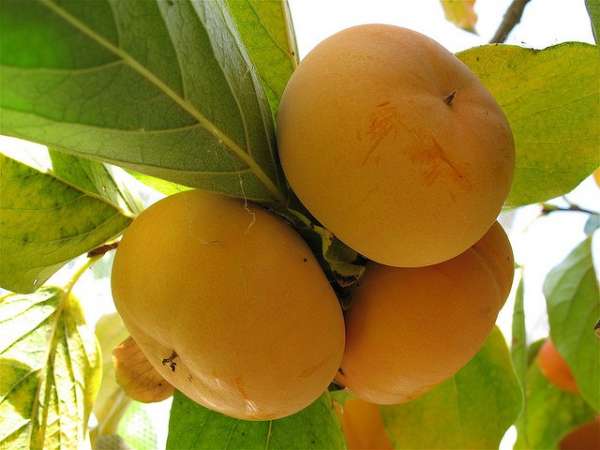
Calcium plays a very vital role in the growth of the fruit. Water delivers the calcium in the soil to the plant’s roots, which are then used to produce cell walls and root tips.
The calcium is responsible for holding the cell walls of the fruits/vegetables together.
If the roots don’t get the proper amount of calcium, the crop tissue starts to break down, especially in the root or blossom end, which results in the disease known as blossom end rot.
If you see a fruit or vegetable that already has the rot settled in, it’s best to remove it from the plant since not much can be done about it. At least removing it may provide the plant with the opportunity to grow another one in its place.
Reasons for Calcium Deficiency
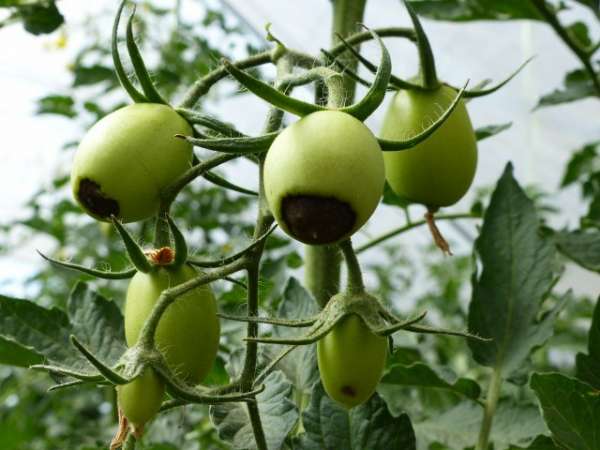
There are a couple of reasons for the lack of calcium in your plant, and all of them have to do with your soil:
The soil has a deficiency of calcium
This is very rare for most soils. Mostly, it happens when crops have grown repeatedly and the soil has not been properly maintained.
If the soil does not have any calcium deficiencies, adding more calcium might end up being counterproductive.
pH levels of your soil are disturbed
Most experts recommend that you keep your soil’s pH level between 6.3 and 6.8.
A pH level that is higher or lower than the recommended level is bad news for the soil and the crop you’re growing.
These pH levels prevent the plant from being able to “grab” the calcium and use it.
The abundance of nitrogen in the soil
This abundance is mainly due to fertilizer. It causes the plant to go through accelerated growth.
It means that more nutrients are required than the plant can pull from the soil, thus leading to fruits that lack calcium and are afflicted with blossom end rot.
The plant is not watered regularly
Water can’t carry the nutrients from the soil to the plant if you water your plants too much.
This leads to a smothering of the roots, which become incapable of pulling calcium from the soil due to all the moisture in the soil.
The soil was too cold at the time of planting
However this issue mostly occurs with gardens up north. The reason that the cold afflicts plants with rot is that the cold interferes with the plant’s ability to absorb nutrients from the soil.
Check out a convenient and organic oil mix you can use at a very low price here.
How Can I Fix Blossom End Rot?
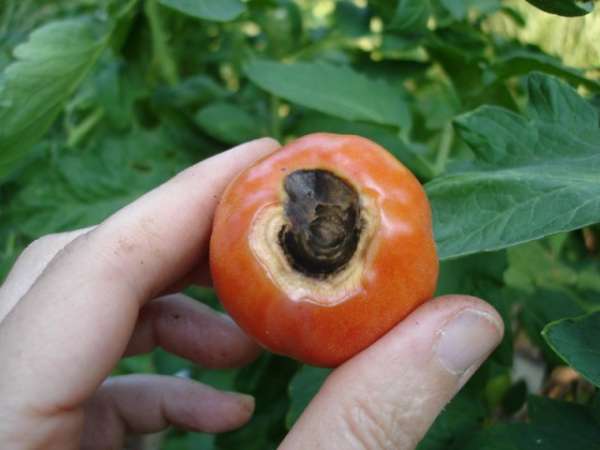
Nothing is more irritating or disheartening than seeing your lovely, ripe veggies/fruits rotting from the bottom. It is a pain to see so many days of hard work, patience, and persistence go in vain. While there is nothing that you can do with those that have already been infected with blossom end rot, you can prevent it from spreading to other fruits and vegetables as well.
Try some of these preventive measures to get started:
1. Check the pH Level of Your Soil
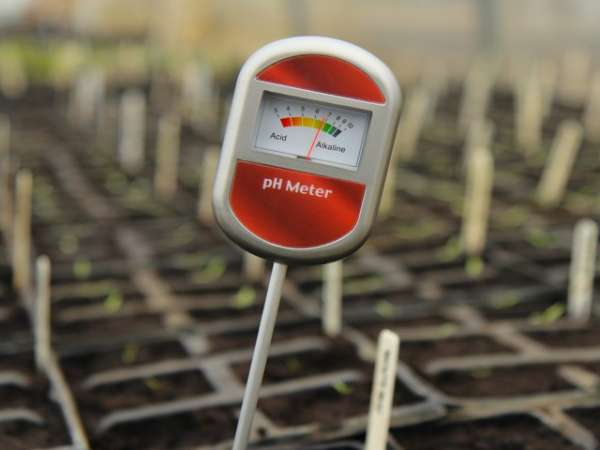
It’s best to check the pH level of your soil before planting. There are gadgets present that can instantly check the level of your soil.
You should try the simple DIY method (shown below) that you can use using simple household items found in any home.
Remember, the perfect soil pH level is 6.5.
DIY Vinegar and Baking Soda Test:
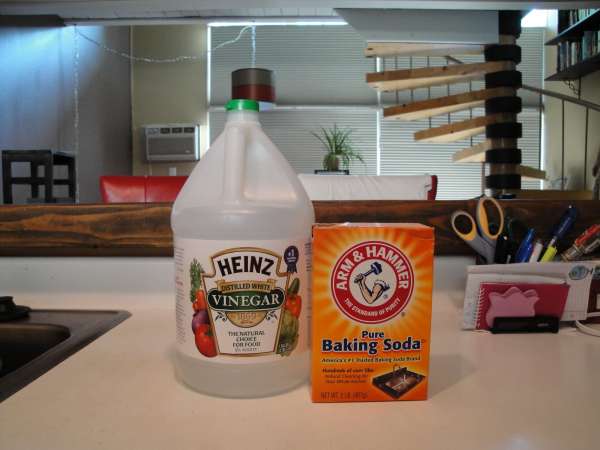
This DIY soil pH test is very simple and gives you the result right away and visually, so it’s easy to identify the pH of the soil. Get a cup full of soil from different places in your garden.
Get two separate containers and put two spoonfuls of the soil in each container. Add ½ cups of vinegar to one container. If the soil starts to fizz, you have alkaline soil with a pH between 7 and 8.
If it doesn’t fizz, then take the second cup and add some distilled water until the soil in the cup becomes muddy.
After that, add ½ cup of baking soda. If it fizzes, your soil is acidic, with a pH between 5 and 6. If both containers have no reaction, your soil is neutral, which is good news.
Some tips for Adjusting pH Levels
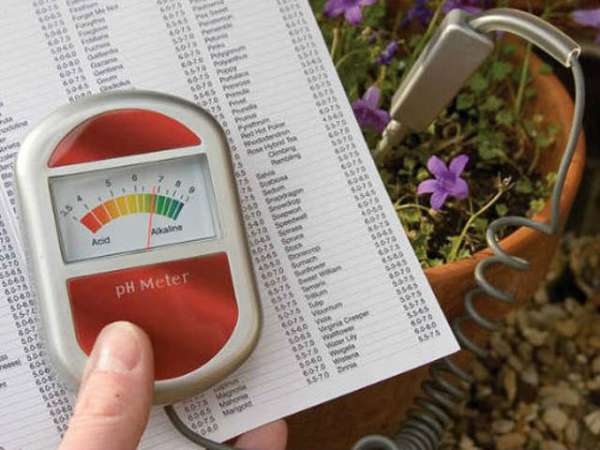
Now that you have found the pH level of your soil, you can adjust the calcium according to the test by putting some crushed eggshells in the soil.
You can use eggshells, as they have a high calcium content. Also, add lime to raise the pH levels of your soil.
You can till some lime into the soil at about 6 to 8 inches to provide an effective change.
Other recommended materials include gypsum and bone meal. Do it only if the tests are positive, and it would be best to consult an expert before taking any action.
Better safe than sorry.
2. Avoid Using Too Many Fertilizers
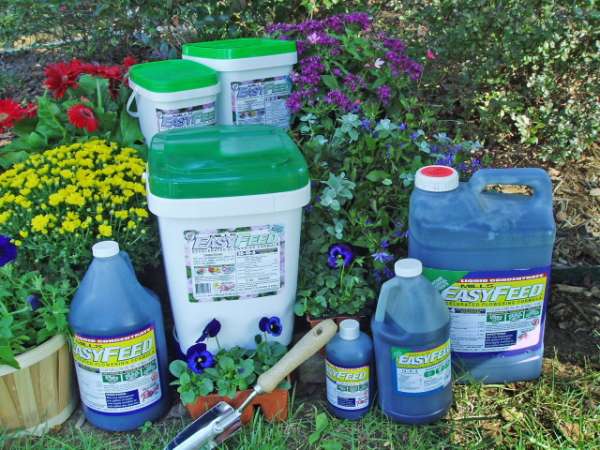
As I stated above, too much nitrogen is also responsible for blossom end rot, so please don’t use too much fertilizer on your soil, especially those with high amounts of nitrogen.
That’s not to say that you should cut out the use of fertilizers completely, use them less often, and try to use blossom end rot sprays where nitrogen content is low but phosphorus content is high.
At this point, the best treatment for your plants is some good old compost or mulch.
If you want to know more about ideas on how to create homemade fertilizers, check out 5 Of The World’s Best Homemade Vegetable Garden Fertilizers.
3. Use Mulch
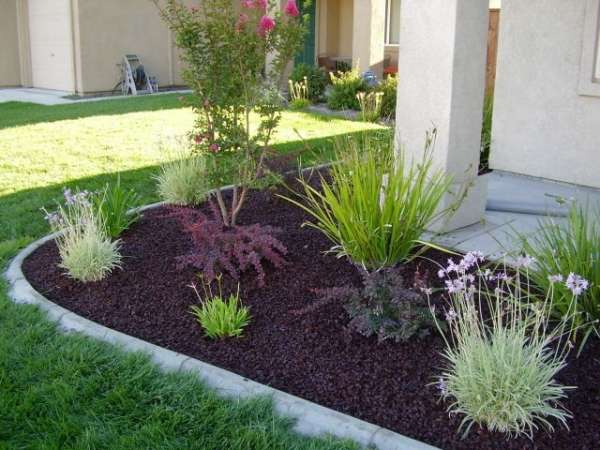
It would be best to surround your plant’s soil with some mulch to conserve the moisture in the soil. It also provides your plant with some nutrients.
4. Keep Track Of Your Watering Routine
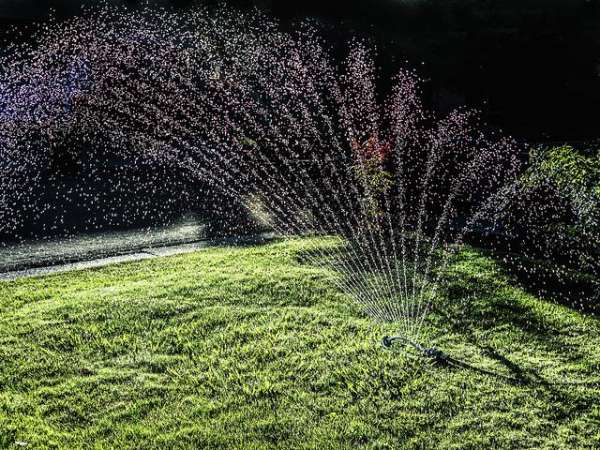
The dry season needs more water. Make sure that the soil is moist to a depth of 6 inches.
Check out this durable and expandable garden hose. This flexible and hard-wearing hose is perfect for watering plants in your garden.
5. Good Drainage
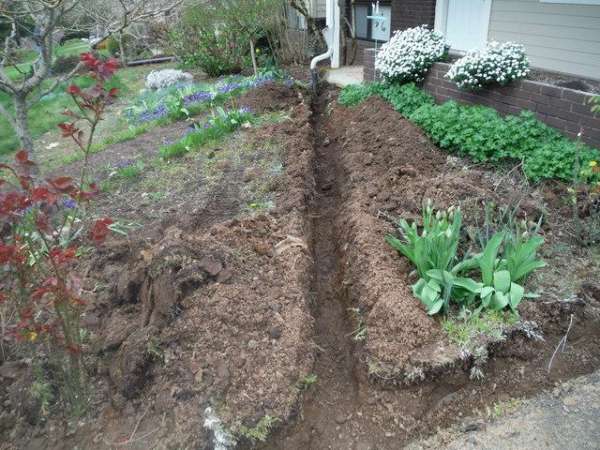
Remember to provide the plant with some good drainage when watering, as too much water can have the opposite effect.
It means that the roots will not be able to get the proper calcium intake with all the water in the soil.
An awesome alternative that can be used indoors for underpotted plants is this Artificial Grass Turf Tile Interlocking Self-draining Mat. Highly recommended!
6. Don’t Let your Soil Dry Out
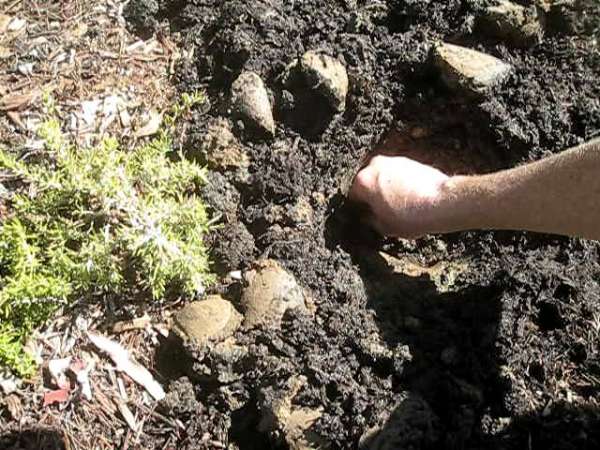
In times of drought, it is best to set up a uniform supply of water using an irrigation system.
This system, used in conjunction with mulch, traps moisture and ensures that the roots of the plants don’t die out.
Do not water the leaves since it increases the possibility of disorder in fruits and vegetables.
A down-to-earth, complete manual for achieving great gardening results with your own rich, organic soil can be used to plant your seeds,
If you are a beginner and need tips and ideas on vegetable gardening, check out 27 Tips for Beginner Vegetable Gardeners.
7. Fortify your Crops at Planting
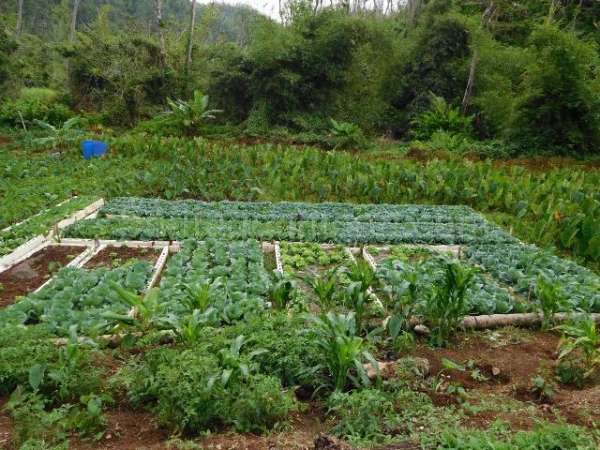
Fortifying your crop at planting is another way of ensuring that your crop remains healthy and does not suffer from blossom end rot.
You can do this in various ways, such as using garden lime or adding 2-3 calcium antacids and Tums tablets to the planting hole.
This will give your plant a calcium boost right from the beginning.
Make every month a gardening month by following the book ‘The Year-Round Vegetable Gardener’ by Niki Jabbour’s proven year-round growing and harvesting techniques.
8. Commercial Products
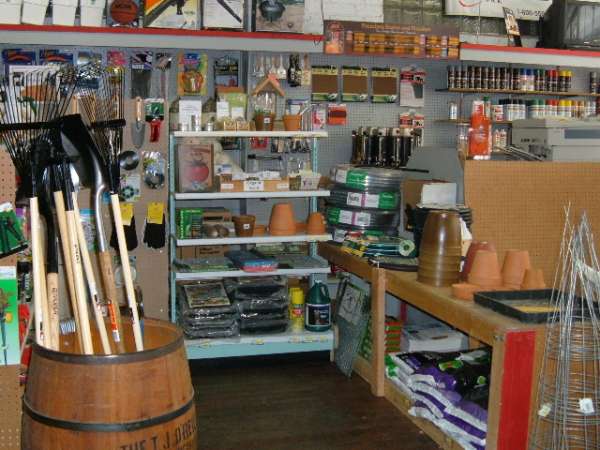
You can find products to help you fight blossom-end rot in gardening stores. Follow the directions on the label, but these products are not a permanent fix.
It will only save the remaining crops that have not been infected. This is when you use the methods mentioned above.
9. Home-made Solution
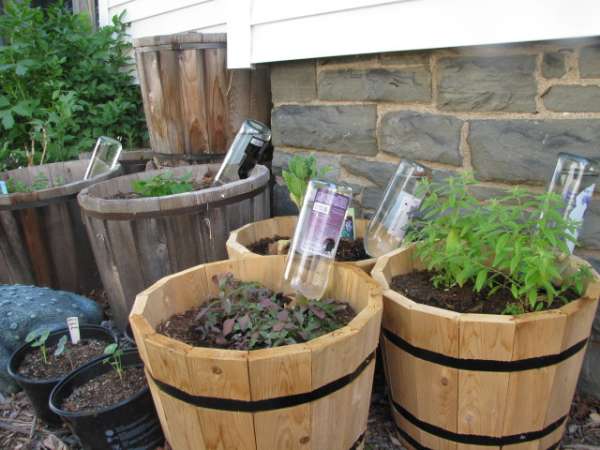
If you see signs of blossom end rot appearing on your crops, you can try to hold it at bay with this homemade solution.
Add 2-3 calcium carbonate antacid tablets to about a quart of pure water and 8 ounces of milk.
Mix it well, and then irrigate your plants regularly with this solution. This home remedy will help prevent other fruits and vegetables from being damaged.
While this is not a foolproof solution, it may stop blossom end rot from spreading further and ruining other crops, too.
10. Test your Soil
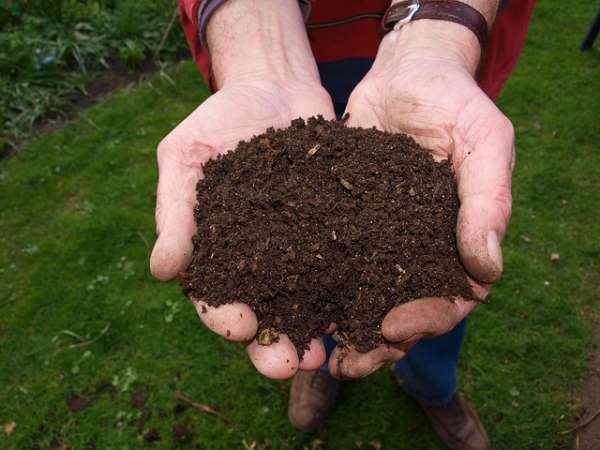
Get your soil tested each spring before planting. This is a great way to avoid having blossom end rot.
Check out this innovative and inexpensive soil test kit here.
How to Fix Blossom End Rot in Tomatoes
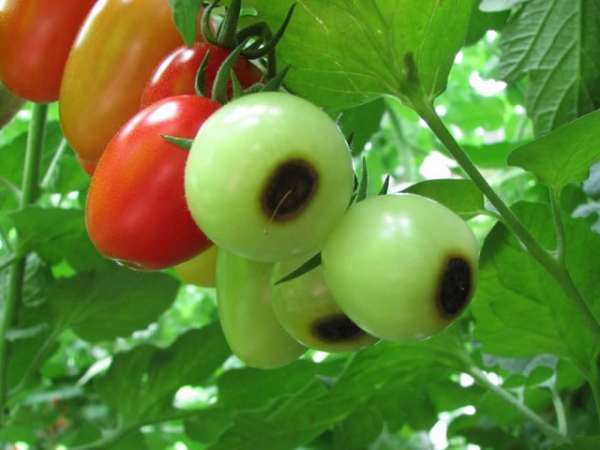
Tomatoes are known to have blossom end rot. Here are some tomato-centric methods of curing or preventing blossom end rot:
- Try to avoid cultivating or hoeing near the roots of a tomato plant, as it might damage the root, thus hampering the ability to gather calcium from the soil.
- If the pH level is too high or too low, mulching or composting is the best option. Avoid the fertilizer during the early fruiting; it is at this time that blossom end rot starts to appear.
- The plants need at least one inch of moisture per week to maintain their proper growth.
Some species of tomatoes are more susceptible to rot than others.
When it comes to blossom end rot, prevention is really the cure. Store brought commercial products might just delay the inevitable but they do nothing to cure the plant.
You should take care of the roots of your plants, as this is the best way to get rid of blossom end rot. Make sure to provide it with good, fertile soil and take care of its watering needs– avoiding both under-watering and over-watering.
I recommend developing a consistent watering routine if you are an aspiring gardener. It will go a long way toward giving you healthy and fresh crops.
If you want to grow the best tomatoes and need help and tips, check out this article: Do These 9 Things To Grow The Best Tomatoes Ever!
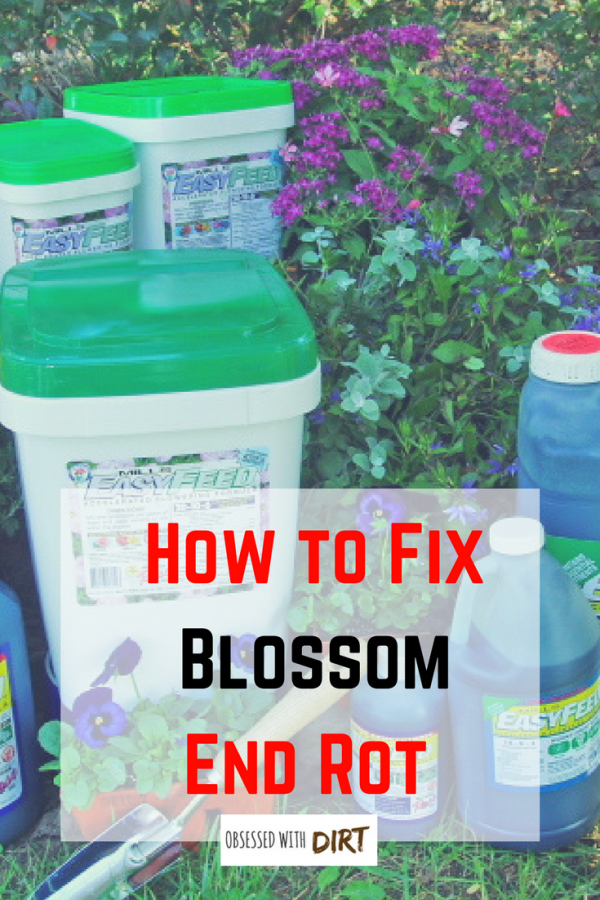
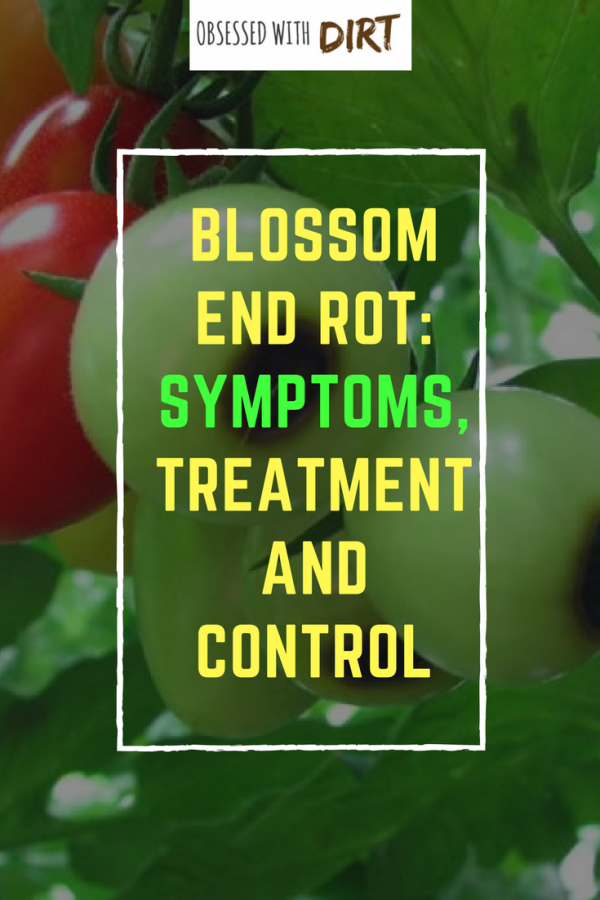
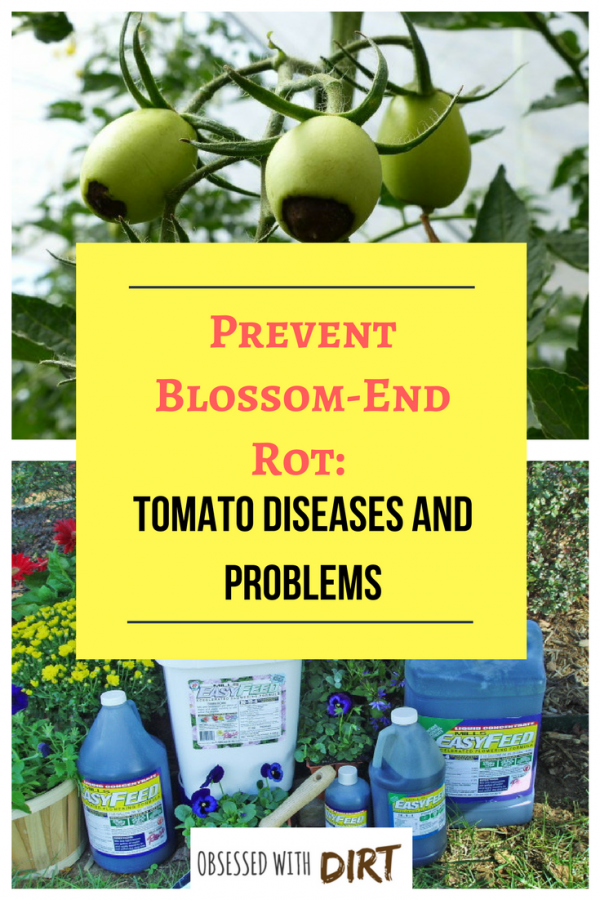
- Everything you wanted to know about Green Tiger Tomatoes. - April 1, 2024
- Everything you wanted to know about Atomic Grape Tomatoes . - April 1, 2024
- Plum Types and Varieties: A Comprehensive Overview | GardenersMag . - April 1, 2024
